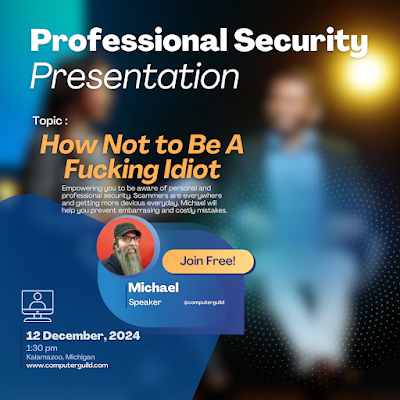Communication, at its essence, is the most vital tool we possess to connect, share, and understand one another. It bridges the gap between intentions and understanding, transforming thoughts into shared experiences. Yet, in a world brimming with distractions and relentless demands, the art of effective communication often feels just out of reach.
Timing is critical. There’s a delicate balance in finding the perfect moment to share, listen, or address a concern. Too soon, and emotions may cloud clarity. Too late, and the opportunity may be lost entirely. In this race against time, the patience required for thoughtful communication often feels like a luxury we can't afford.
Still, it’s worth remembering that the best communication is not about finding the *perfect* time, but about creating space amidst the chaos. Prioritizing moments of connection, even when the world pulls us in a thousand directions, is a radical act of care.
Patience, though elusive, is the cornerstone. It allows us to pause, reflect, and listen—not just to words, but to silences, expressions, and what lies beneath. In practicing patience, we discover that communication isn't simply about speaking or hearing, but about truly understanding.
In this fast-paced world, the key to effective communication lies in intentionality. By valuing the moments we have and approaching them with mindfulness, we can foster connections that transcend the pressures of daily life. Through this, we remind ourselves—and each other—of the profound impact of being truly seen and heard.
In the vast expanse of our minds, thoughts swirl like restless clouds—concerns, worries, doubts—all vying for attention. They press against us, heavy with the weight of uncertainty. We carry these burdens as we navigate the relentless clamor of a busy world, yearning to connect, to be understood, and to find solace in shared understanding.
But the journey isn’t easy. The world around us hums with the relentless energy of tasks and expectations. Conversations are interrupted by distractions, emotions muddled by fatigue. Frustration builds as we stumble through the static, trying to make ourselves known and to grasp the meaning behind another’s words.
Yet, amidst this cacophony, connection is still possible. It requires courage to push past the frustration and persistence to break through the confusion. It demands moments of quiet where we pause, take a breath, and listen—not just to respond, but to understand.
True connection doesn’t need perfect conditions. It grows from the cracks between busy schedules, in stolen moments of vulnerability, in the brave act of sharing even when the world feels too loud. Through this, we remind ourselves that amidst the noise, the spark of understanding can ignite, and the weight of our thoughts becomes lighter when carried together.
In this busy, chaotic world, let us continue to push forward—not away from the noise, but through it—toward the bonds that make life richer, deeper, and more meaningful.
In a world often clouded by division and misunderstanding, we find ourselves on a journey—a collective movement toward clarity, connection, and love. These guiding principles call to us, urging us to transcend the barriers of individualism and embrace the shared bonds that unite us as a global community.
Clarity begins within. It’s a quiet but profound act of seeking to understand not only ourselves but also others. By fostering awareness and transparency in our words and actions, we pave the way for deeper connections—bridges built on trust and empathy that span the gaps between us.
Connection is the lifeblood of humanity. Through it, we share our knowledge, skills, and resources, enriching each other’s lives in ways that ripple outward. Each act of generosity, each moment of collaboration, strengthens the fabric of our shared existence, creating opportunities for all to thrive.
Love, the purest of motivations, reminds us of our shared purpose: to uplift and support one another. It asks us to extend compassion, not just to those we know but to all who share this planet. Love encourages us to recognize that each life has value and that our strength as a species lies in our collective care for one another.
As we move forward, we aim to create a world where understanding is universal, where every individual has the chance to live their best life. Together, we can nurture a global community rooted in respect, cooperation, and kindness—one that honors our home, this remarkable planet, and all who call it theirs.
Let clarity illuminate our path, connection guide our steps, and love fuel our journey toward a future where humanity truly thrives as one.

